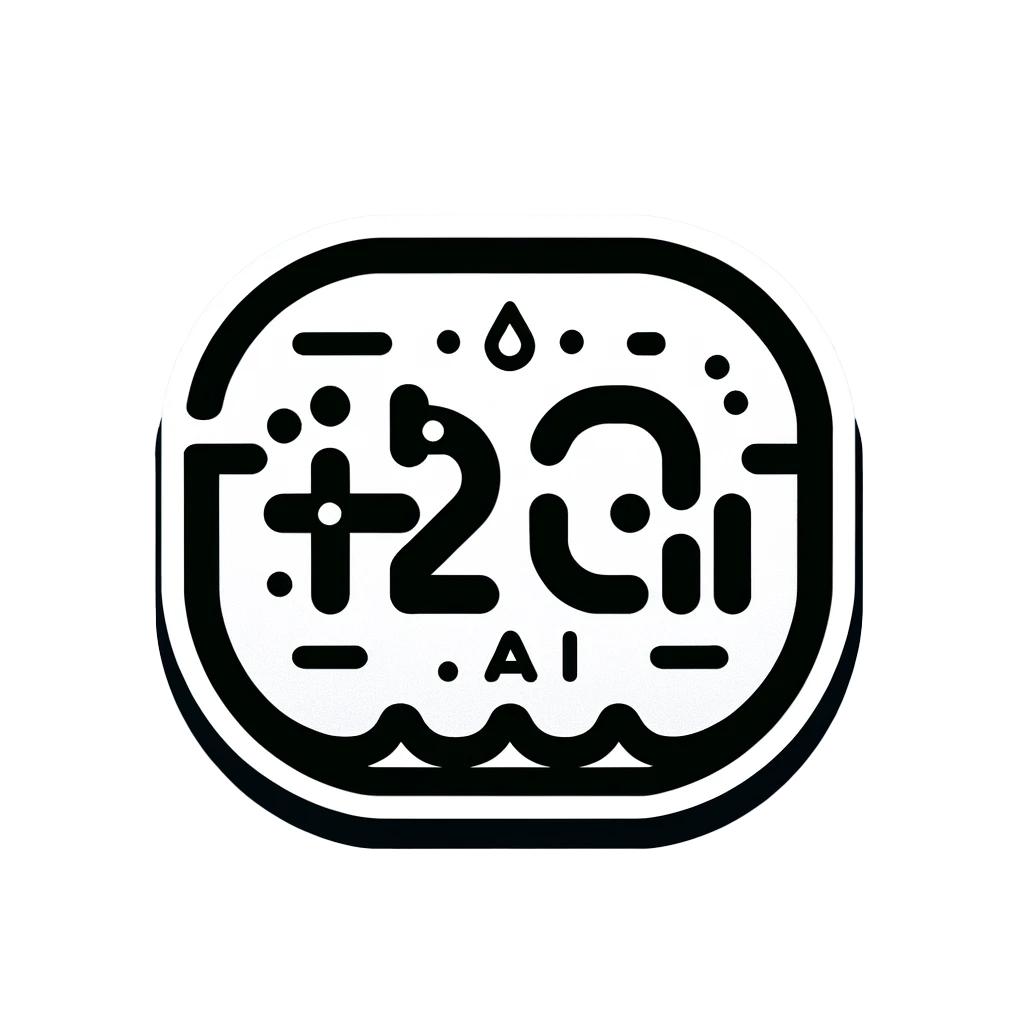In today’s fast-paced business environment, organizations are continually seeking ways to enhance efficiency and reduce costs. Automation of tasks and workflows using advanced AI and ML technologies has emerged as a powerful strategy to achieve these goals. At H2Om.ai, we employ a systematic approach to determine the value and return on investment (ROI) for automating tasks and workflows in an organization. Here’s how we do it:
Understanding the Current State
Before we can determine the potential value of automation, it’s essential to have a comprehensive understanding of the organization’s current state. This involves:
- Process Mapping:
- We map out existing workflows to identify repetitive, time-consuming tasks that are prime candidates for automation.
- Data Collection:
- We gather data on the time and resources currently spent on these tasks, including labor costs, error rates, and process cycle times.
- Stakeholder Interviews:
- Engaging with employees and managers to understand pain points and inefficiencies in the current processes.
Identifying Automation Opportunities
Once we have a clear picture of the current state, we identify opportunities for automation by evaluating:
- Task Suitability:
- Not all tasks are suitable for automation. We look for tasks that are repetitive, rule-based, and high-volume, which are ideal for automation.
- Technology Feasibility:
- We assess whether the necessary AI and ML technologies are available and capable of automating the identified tasks effectively.
- Impact Analysis:
- We analyze the potential impact of automation on different aspects of the business, including cost savings, productivity improvements, and error reduction.
Calculating the ROI
The ROI of automation projects is a critical factor in decision-making. We calculate ROI using the following steps:
- Cost-Benefit Analysis:
- Implementation Costs:
- This includes the cost of the technology, development, deployment, and ongoing maintenance.
- Operational Savings:
- We estimate the reduction in labor costs, error rates, and process cycle times.
- Productivity Gains:
- Increased productivity is quantified in terms of the additional output or services that can be delivered due to automation.
- Implementation Costs:
- ROI Formula:

Where Net Benefits = (Operational Savings + Productivity Gains) – Implementation Costs.
Case Study: Automation in Financial Services
To illustrate our approach, let’s consider a case study in the financial services sector. A mid-sized bank was facing challenges with manual data entry and processing for loan applications, leading to high error rates and long processing times.
Steps Taken:
- Process Mapping:
- Identified data entry and document verification as key areas for automation.
- Technology Assessment:
- Deployed an AI-powered OCR (Optical Character Recognition) system to automate data extraction from loan applications.
- Impact Analysis:
- Predicted a 70% reduction in processing time and a significant decrease in errors.
Results:
- Operational Savings:
- The bank saved $500,000 annually in labor costs.
- Productivity Gains:
- Loan processing time reduced from 5 days to 1 day, enhancing customer satisfaction.
- ROI Calculation:
- Implementation Costs: $200,000
- Annual Savings: $500,000
- Net Benefits: $500,000 – $200,000 = $300,000
- ROI:
Conclusion
Determining the value and ROI for automating tasks and workflows involves a thorough analysis of the current state, identifying suitable automation opportunities, and a meticulous calculation of costs and benefits. By following this approach, organizations can make informed decisions that lead to significant cost savings, increased productivity, and enhanced operational efficiency.
For more insights on how automation can transform your organization, ping us at info@h2om.ai anytime.






